Dear Fellow Dreamer,
At bedtime, when I was small, I had an appetite for tales of all sorts. The ones that scared me—"Little Tom Thumb,” with illustrations by Gustav Doré, for example, “Hansel and Gretel,” and “The Snow Queen”—well, I loved the shivers they brought. I also knew that as thrilling as those stories were, by the end, the villains would be vanquished, moral order restored, and it would be easy to turn out the light. However, a tale that truly unsettled me didn't involve magic animals or plucky children defying adversity. In fact, it didn’t involve a fight at all—but a child who cuts ties with the human world.
The Little Match Girl
Do you remember it? In case you don’t, what follows is a brief summary of the 1845 version of this tale, set down by Danish author, Hans Christian Andersen:
On a cold New Year’s Eve, a shivering, underdressed child with no shoes or hat, attempts to sell matches in the street. Frightened that her father will beat her for failing to bring home money, she curls up in the alley between two houses and, seeking warmth, starts striking matches. With each flamelight comes a comforting vision. She sees a warm stove, a roasted goose, a kind family, and a beautiful Christmas tree. But each of the visions fades as, one by one, the matches go out. Looking up, the girl then perceives a shooting star, remembering that her late grandmother once told her such a sign meant someone was on their way to heaven. Lighting her next match brings a vision of that loving old woman.
"Grandmother," cried the little one, "O take me with you; I know you will go away when the match burns out; you will vanish like the warm stove, the roast goose, and the large, glorious Christmas-tree."
To keep the vision of her grandmother alive, the girl lights match after match, until she has burned through an entire bundle. After the bundle is gone, she freezes to death. Her grandmother accompanies the child’s soul to heaven.
When strangers find the girl’s body “with pale cheeks and smiling mouth, leaning against the wall,” they express pity, not imagining “what beautiful things she had seen, nor into what glory she had entered with her grandmother, on New-Year's day.”
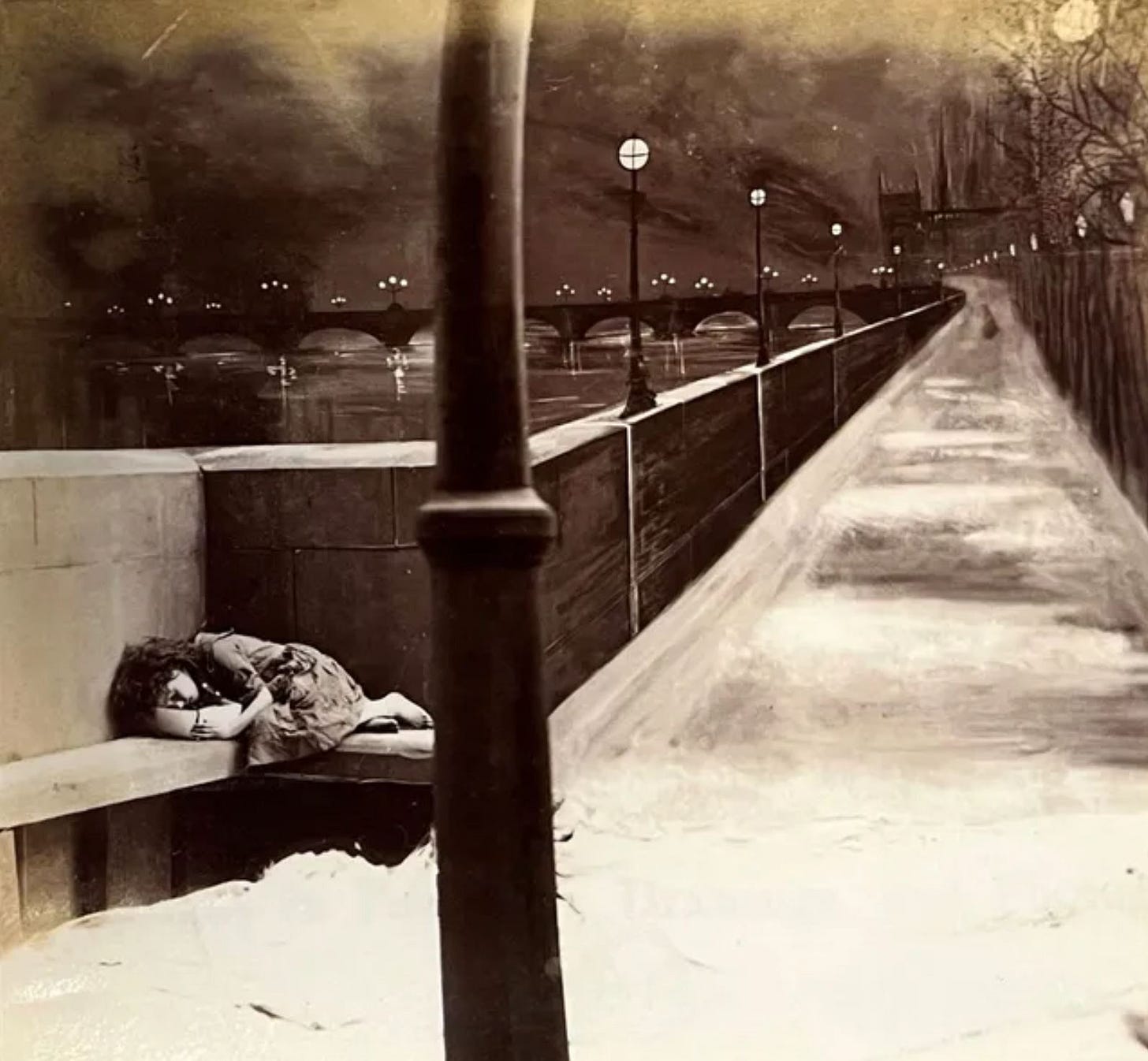
When I was a child reading Andersen’s story, the happy heavenly reunion of the girl and her grandmother didn’t give me much peace. While I recognized the author’s attempt to end with a reassuring message, on a human level, the situation and its outcome always seemed cruel.
Yet as adults, we can look at “The Little Match Girl” like a dream—searching for its hidden gifts.
Recently, I revisited an interpretation of “The Little Match Girl” offered by Jungian psychoanalyst and author, Clarissa Pinkola Estés, in her now-classic guide to self-actualization, Women Who Run With the Wolves. I remember reading that book back in the 1990s when it first came out, and, as a young woman, revelling in Estés’ insights and invitations to connect with the Wild Woman archetype. In a culture where, by the time most of us reach adulthood, we’ve had our inner wildness and instinctual wisdom conditioned out of us (at least, to some extent), Estés’ work is considered by many an essential text. If you haven't read Wolves, I recommend getting a copy, or perhaps listening to Estés tell stories and share her insights through audiobooks.
In what follows, I’ll touch upon Estés’ feminist reading of the old tale. Then I’ll share my thoughts as to why this fairy tale holds vital messages for us now, regardless of our age or chosen gender.
Messages from the Dream Child
From a Jungian perspective, when we look at the psyche through dreams, a child is often viewed symbolically as representing a potential within us. We can read “The Little Match Girl” as we would a dream. The idea of a creative potential being frozen to death—not warmed, but destroyed—is both sad and alarming. In her feminist reading of the tale (Estés’ tenth chapter, “Clear Water: Nourishing the Creative Life”), the author draws parallels between the match girl and women who, through social conditioning, find themselves ensnared, cut off:
“This child lives in an environ where people do not care. If you are in one of these, get out. This child is in a milieu where what she has, little fire on sticks—the beginnings of all creative possibility—is not valued. If you are in this predicament, turn your back and walk away. This child is in a psychic situation in which there are few options. She has resigned herself to her ‘place’ in life. If this has happened to you, unresign yourself and come out kicking ass. When Wild Woman is cornered, she does not surrender. She comes ahead, claws out and fighting.”
If the match girl’s instincts were intact, writes Estés, she would resist and defy oppression, recognizing that she has choices.
But she does not resist.
While finding warmth should be the girl’s main objective, instead, she burns through her sources of that mysterious, healing force. “The little wild child is freezing, all that is left of her is a person who goes into a trance.”
On that point, Estés, a cantadora or “keeper of the old stories,” discusses the danger of giving in to such a trance, a form of escapism she calls self-destructive fantasy. This is “the kind of fantasy that brings everything to a halt… that hinders right action during critical times.” A trauma specialist, Estés emphasizes this form of fantasy has nothing to do with reality. It derives from a feeling of futility—that a condition can’t be helped or avoided. Often, it involves addiction: “Women in these situations are playing out the Little Match Girl in every night of fantasies and more fantasies, and waking up dead and frozen at every daybreak. There are many ways to lose one’s intent, to lose one’s focus.”
In the book of a single lifetime, how many women have experienced such a chapter?
Furthermore, raised in a culture under patriarchal control where, for generations, toxic masculine behaviours have been hidden, celebrated, ignored, excused, perpetuated, and justified, caring people of all genders—men included— have been adversely affected. Under such conditions, any one of us could find ourselves slipping dangerously into coping mechanisms.
And it’s for any one of us that I am writing this reflection. Any one of us, that is, with a genuine desire to help ourselves and others, and this world.
That brings me to timing.
Why Revisit This Story Now?
In “The Little Match Girl,” both the child’s fear and her sense of futility come from living in a harsh and threatening situation. To go home penniless would trigger her father’s rage and a beating. Yet instead of taking life-saving steps, which she could do—“sneak into a wagon, stow away in a coal cellar,” as Estés suggests—the match girl chooses to remain isolated.
Ultimately, self-isolation brings her down.
As in any vivid dream or nightmare, the key to this story’s medicine lies in heeding its warning and being willing to sit with its questions—especially now, as we navigate the crises in motion on this Earth. To what extent are we at risk of disengaging and isolating ourselves from the issues urgently requiring our attention? How great is the temptation to cut ourselves off, seeking false warmth? That is to say, to live in our heads, but not bring fruitful ideas, creations, and actions into form.
No matter our particular walk of life, we are all, each one of us, creative beings. At our best, we are inspired idea-receivers and constructive action-takers. But what happens to our creativity when we find ourselves trying to function in a world with rageful, threatening elements? Human rights abusers; extremist leaders, groups, and regimes—morally bankrupt killing machines—operating in defiance of international laws; climate change deniers; environment destroyers; authoritarian bullies… The list goes on.
If you know me, then you know I generally don’t give energy to negative thoughts and spaces. Nonetheless, I do my best not to turn away from the world’s suffering. To not face disasters, but instead, to slap an “all’s well” veneer on a world crying out for our attention and care—to my mind, that would mean becoming complicit in perpetuating wrongs.
In such a world, any of us can find ourselves feeling like the match girl. Alone.
If that happens, how do we move forward?
Nurture
In order for us to flourish, we must find mutual support. There is no such thing as a solo creator of any kind in this world, let alone a solo artist. Without community, we perish.
In the story of the match girl, nurture is the missing element and lost key to her healing and survival. Estés writes that finding nurture is a necessity for living. When we consider our own creativity, having the support of those who champion us, help us to grow, and remind us of our worth is one of life’s most beautiful necessities. As creators, we need “believing mirrors” to reflect back to us our gifts and remind us unconditionally of our value.
We need nurture to help us find solutions.
May is Mental Health Awareness month. In the spirit of protecting mental health and fostering resilience and hope in these challenging times, here are three important ways to help us stay connected, informed, positive, and active. As you’ll see, they are not mutually exclusive:
1. Seek Nurture in One-on-One Weekly Contact
Put systems in place for uplifting, real-world human connection.
A few examples:
Schedule calls with friends who help you to feel positive and good about yourself and empowered to take action for a better world. Be sure to give them nurture, too, in a balanced exchange. Help each other to stay positive and take action. Be accountability partners for each other.
If you’re struggling mentally and emotionally, look for professional support, such as a therapist to help you gain insight and strategies for constructive living. Cultivating self-acceptance and inner strength is so important, and psychoanalysts and counsellors can be of great benefit in helping us move from feeling frozen into vital action-taking.
If you’re feeling stuck or unclear about your path, look for a coach trained in delivering principles, tools, and support for clarifying your vision and fully embracing your creativity and transformation. For over a decade, I have specialized in helping others to move forward despite obstacles. In these times, more than ever, our world needs inspired dream-builders and action-takers determined to make a difference. Simply contact me if you’d like to schedule a complimentary call.
2. Seek Nurture in a Community of Like-Minded Souls
Any of us can find ourselves feeling down from time to time, no matter how positive we usually are. Recently, I had a brush with that experience. To be clear, I wasn’t crouched in a cold alley lighting matches. Nonetheless, I felt sad and empty after submitting a significant piece of work. While part of me was happy because I’d reached another stage of being “done” (for now), another part of me felt useless and disoriented, aware that energy had gone from me. If you find yourself in such a state, don’t let it cause you to cut yourself off.
Fortunately, I had tickets to the Ottawa International Writers’ Festival where I showed up in the audience, listening to writer after writer talk about their experiences of bringing their own work into form. Their words had a healing effect on me. During each panel discussion, I had no urge to be a creator on the stage. What I needed was to receive the stories of other writers in community.
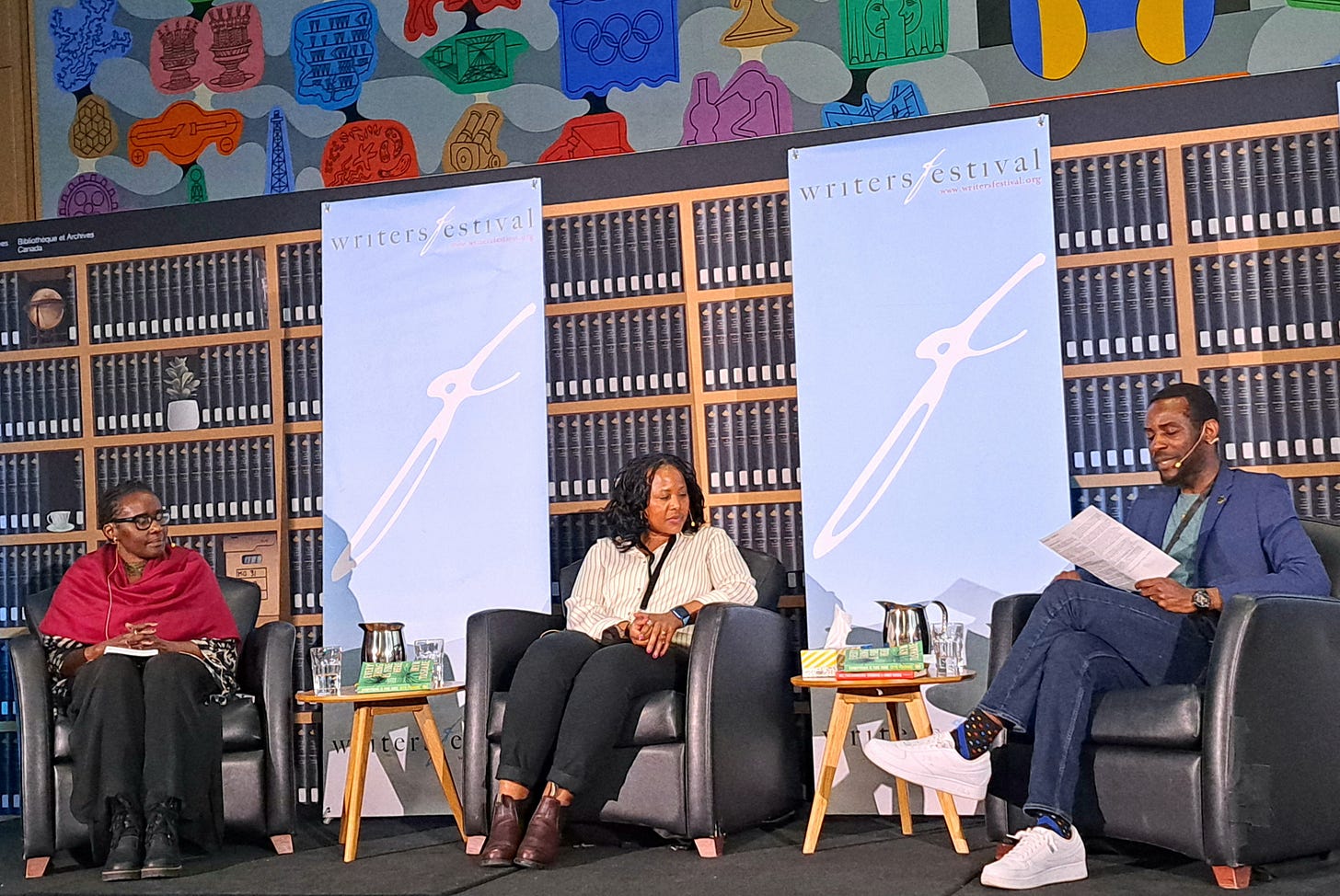
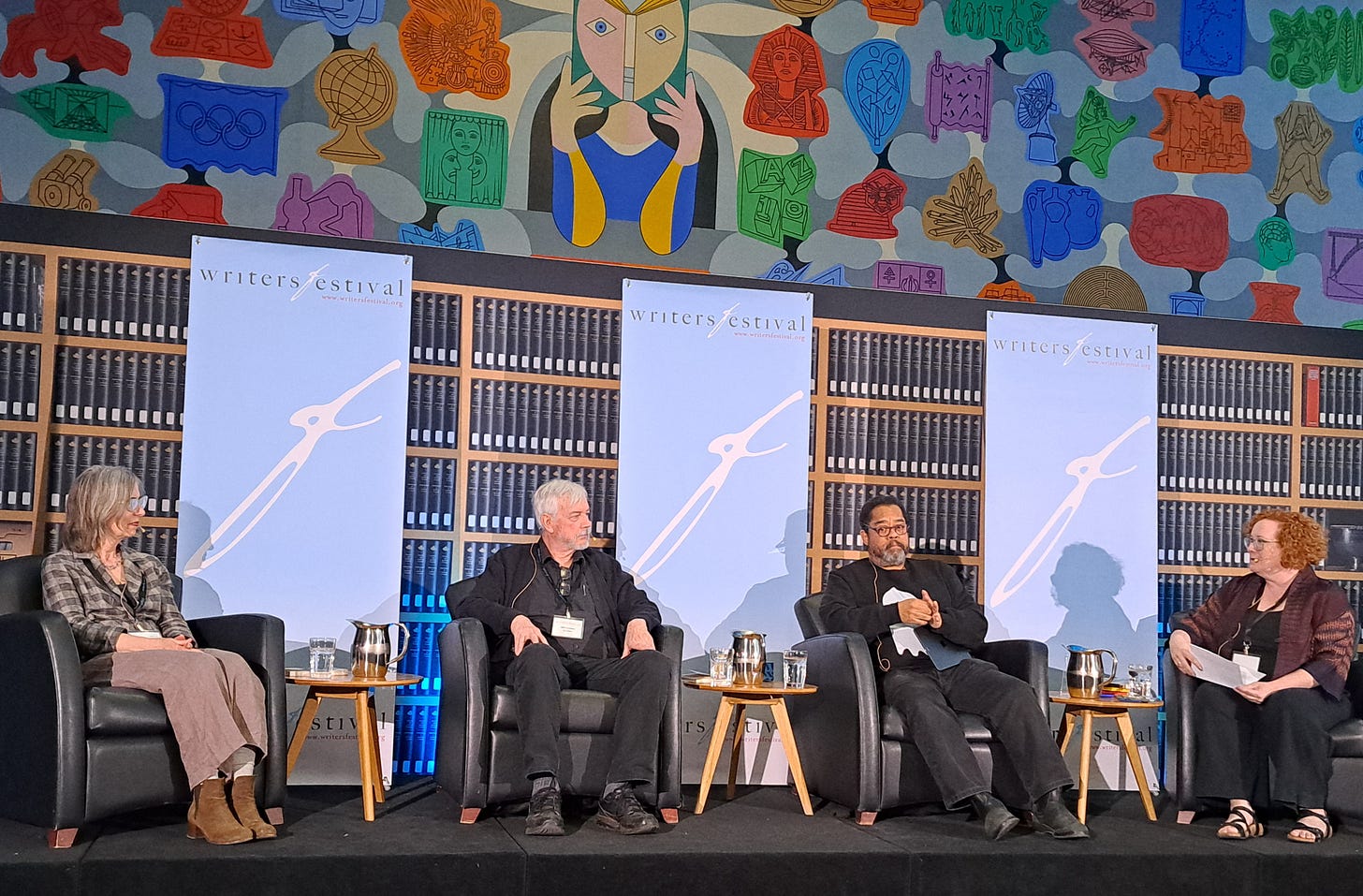
What would a community of kindred spirits look like for you?
Additional thoughts:
We don’t have to know anyone personally in order to feel the uplift of a public gathering. At the writers’ festival, for example, I’d never met any of the featured authors. While I did enjoy chatting with several writer friends in the audience (a lovely bonus), whether I’d previously known anyone or not, I would have come away uplifted.
We don’t need to be extroverts in order to feel inspired at a group event. As an introvert, I can assure you, we need community, too.
No matter what work you do in the world, I recommend attending arts gatherings. Why? Because artists—at least, those of us who genuinely desire to make contributions for a better world—stay informed and responsive to the events of our time and place. Regardless of our chosen discipline, a socially conscious artist must come from a moral centre in order to carry messages. It’s part of the job—which isn’t really a job, but a vocation.
That brings me to one more vital form of connection.
3. Seek Nurture in Gatherings for Social & Environmental Activism
Earlier this month, I attended an Amnesty International panel discussion entitled, “Resilience, Resistance, Hope.” What a gift. In a packed Ottawa auditorium, Secretary General Agnès Callamard and her colleagues delivered messages that continue to resonate.
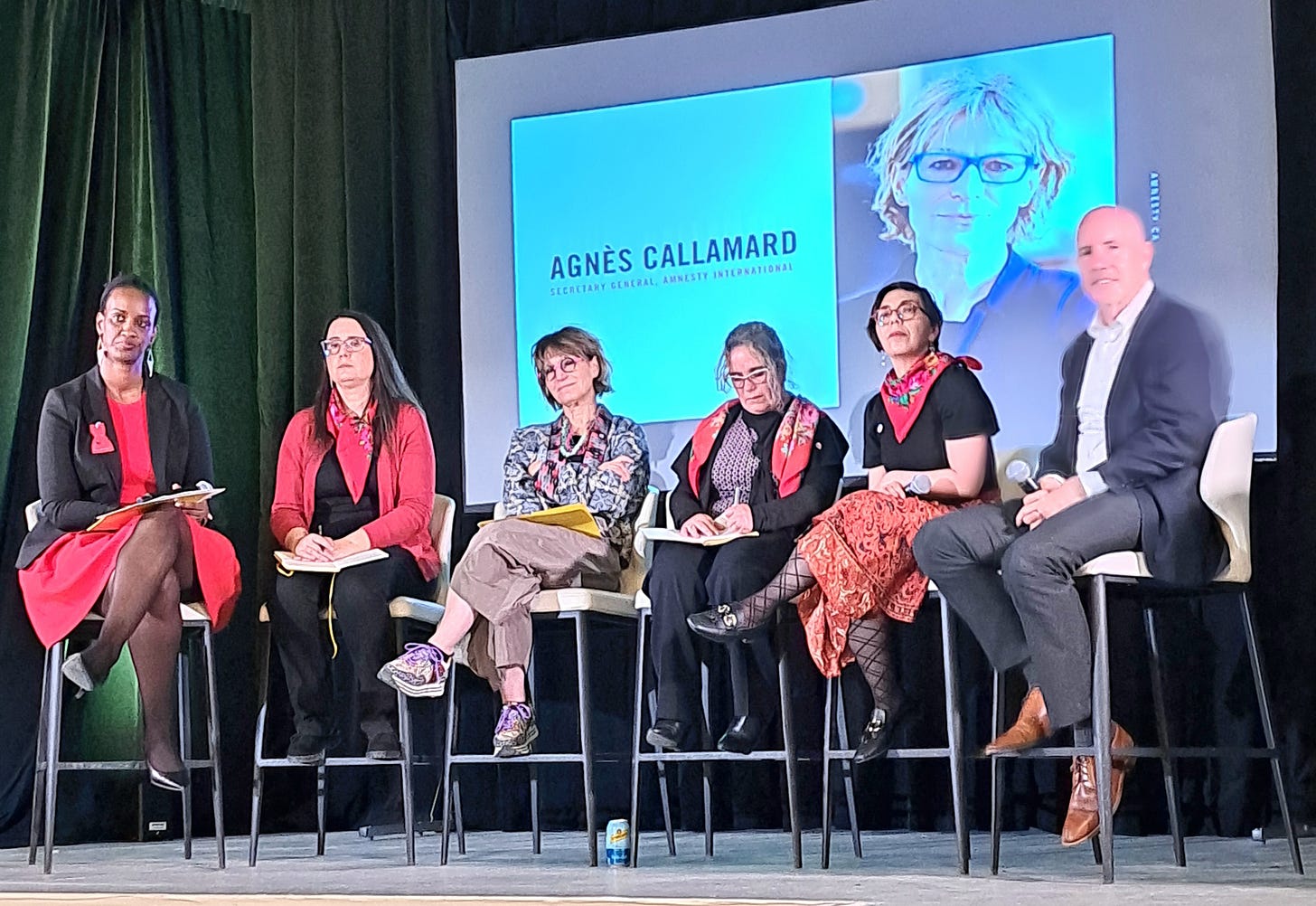
Here are a few of the many important points I took away from the evening:
We must resist false narratives and dehumanization to protect lives and ensure that authoritarian seeds don’t grow.
We must “put courage before hope,” and that means coming out of our comfort zone (itself a kind of trance) and being willing to be a voice for justice—to stand up to authoritarian bullies.
Rule-based order must fight back, and we can mobilize to do so non-violently.
The voice of resistance to authoritarianism not only needs to be heard, but it must be dispersed and decentralized; we need better tools for conveying messages online.
Be assured, the majority of governments in our world want rule-based order.
Resistance is a long journey, but the alternative is far worse and would take us back 80 years to the nightmare of the Holocaust—to a world where human life was not protected by human rights bodies and international law, to “an abyss of pain and suffering.”
On a positive note, Paul O’Brien, Executive Director of Amnesty International U.S. said that 4,000 new rights activists have been joining every week; however, while protests in his country are happening, they need to be occurring at a faster rate.
Resisting oppression is about finding connection. What activist organization could you explore and become a part of? The alternative, self-isolation, can lead any of us to becoming “frozen.” Not only can that happen individually, but collectively when we ignore the signs—real cries for help. We need to care for ourselves and one another—to find warmth in organizations, groups, and meetings that help us to connect with our own soul and moral centre. Finding strength in numbers, we can take action for a better world. One where laws mean something. Where people have social safety nets. Where brutal, bullying regimes are replaced by governing bodies with real leaders who feel a sense of responsibility, compassion, and empathy toward those they represent.
We need a global movement that is powerful. People-powered. Because inspired connection creates impact. Taking action dissipates fear.
Beyond fear, we can do wonders.
Quote of the Week:
“Language shapes consciousness, and the use of language to shape consciousness is an important branch of magic.”
—Starhawk




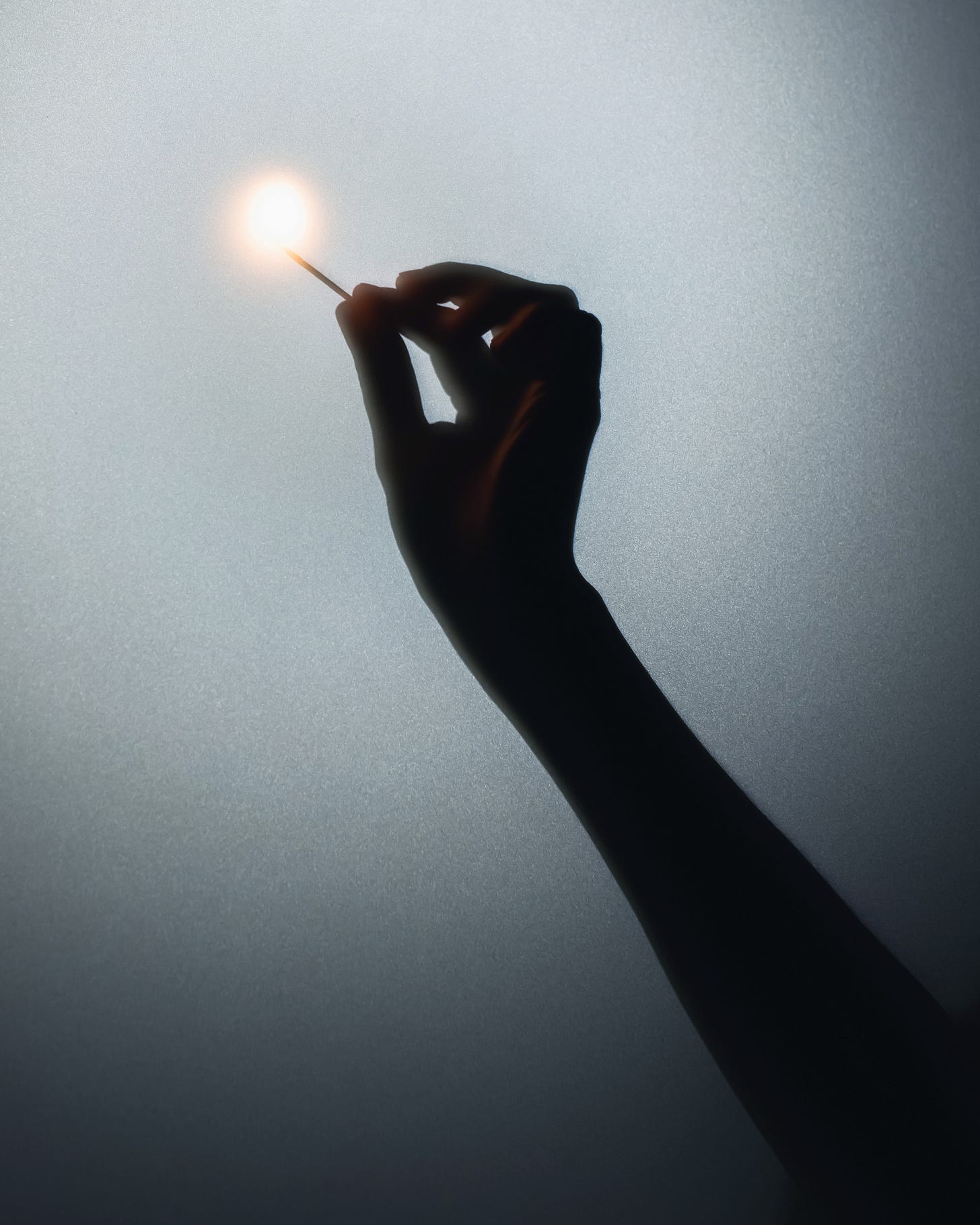
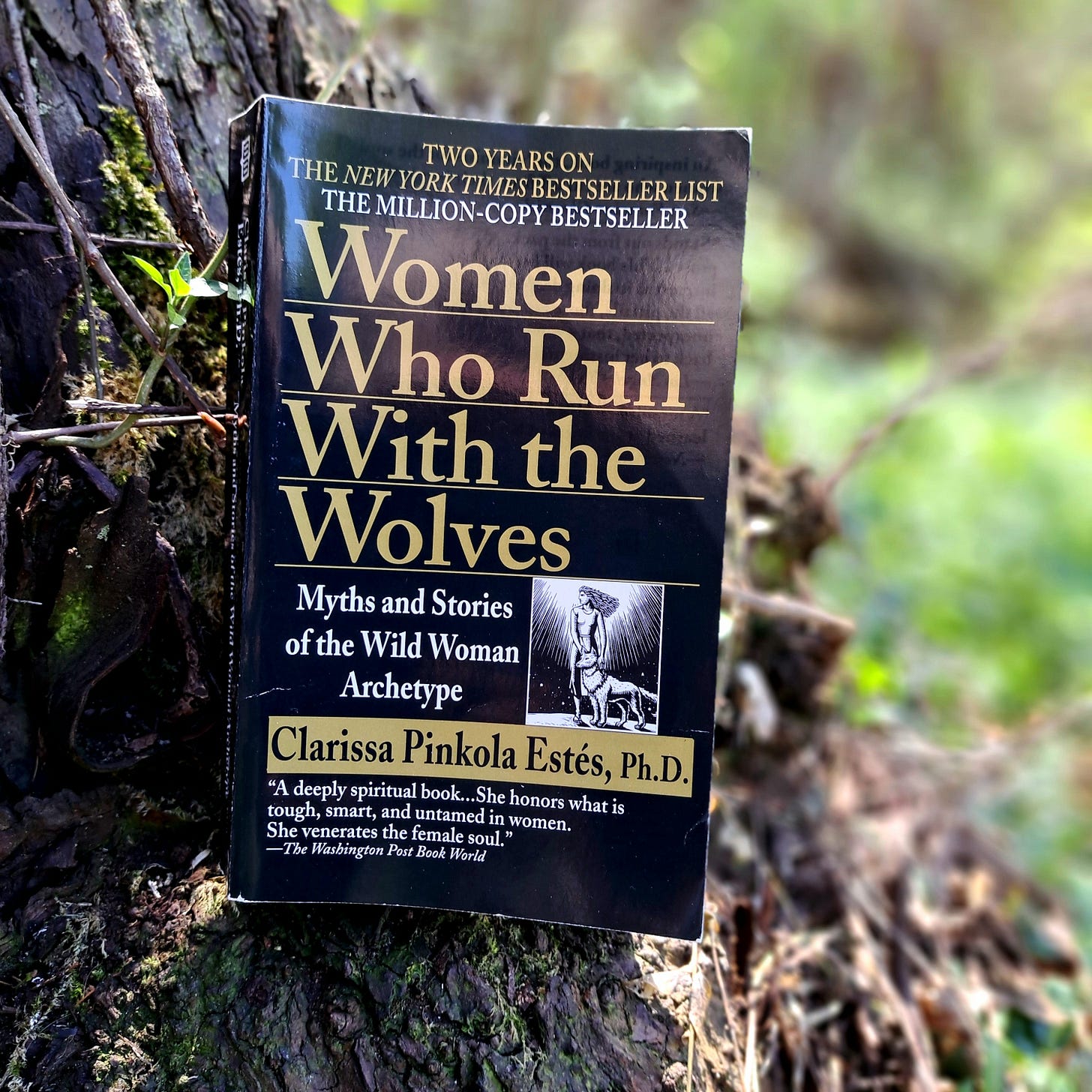

Robin, this is one of my favorite fairytales because it is so multi layered and deep. I love the telling by Clarissa Pinkola Estes. I’m gonna have to come back to comment.
So good thank you, well done!
Robin, so many things resonate with me personally and with the astrology of the times!
I am going to think about this further, but right off the bat I must say that the two friend groups and Feng Shui group I meet with regularly on zoom and in text have been sustenance for me and my creative spark.
For most of my life, I was extremely isolated because of shame. Like the Match Girl, I would welcome death over being finally found out that I did indeed deserve all the shame I felt. So I had to continue pretending and meeting standards until I finally ran out of matches.
Thankfully, I figured out that I had to get past the shame disguised as pride and connect as my true self with supporters. I figured out that the goal of life is not to be successful at your thing, or popular, or accomplished. The goal of life is to FEEL ALIVE.
We all need people in our lives who aid in and sustain our liberation from trance-life.